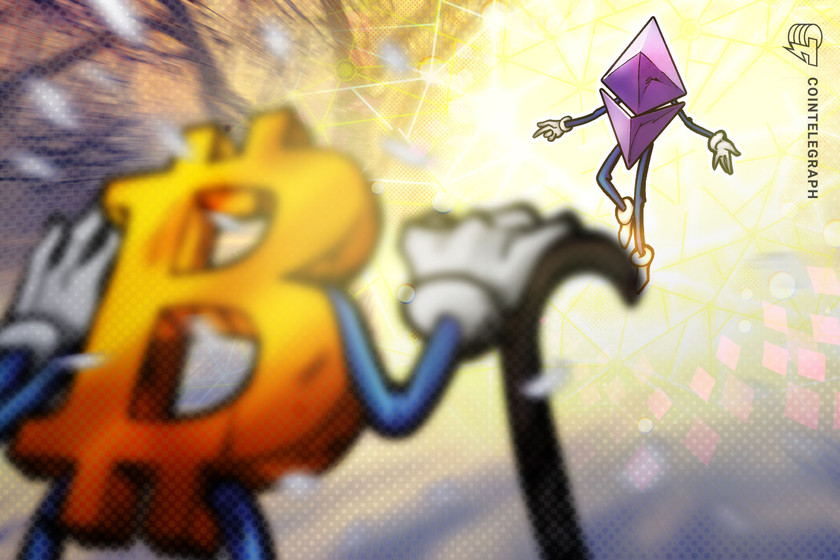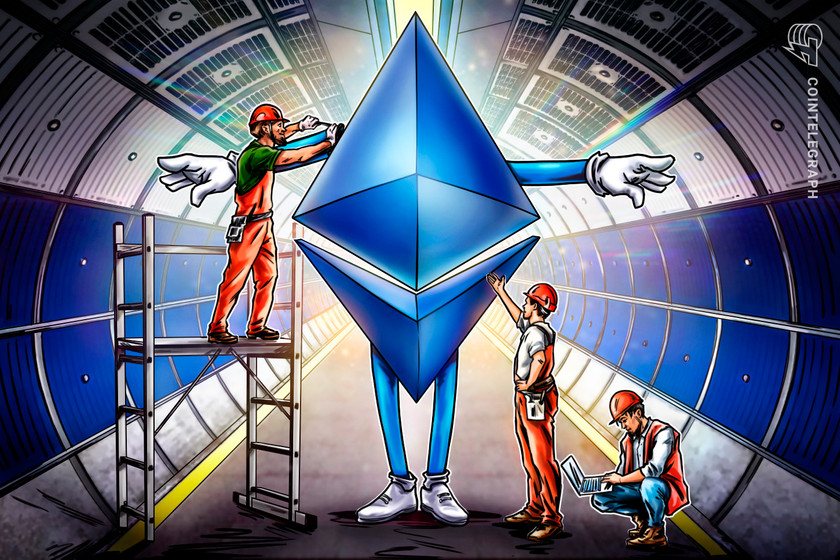Bitcoin wipes nearly a week of gains in 20 minutes, falling under $41K


The price of Bitcoin suddenly dropped 6.5% to fall below $41,000 on Dec. 11, wiping out around five days of gains.
The price of Bitcoin (BTC) briefly fell below $41,000 on Dec. 11 at 2:15 am UTC, following a sudden 6.5% drawdown from $43,357 to as low as $40,659 in a span of 20 minutes.
At the time of publication, Bitcoin was trading slightly up from the local low at $41,960, TradingView data shows.
Ether (ETH), the second-largest cryptocurrency by market cap, also declined abruptly, falling more than 8.9% in the same time frame. The price of ETH has since stabilized and is trading for $2,233, down 5.3% on the day.







































